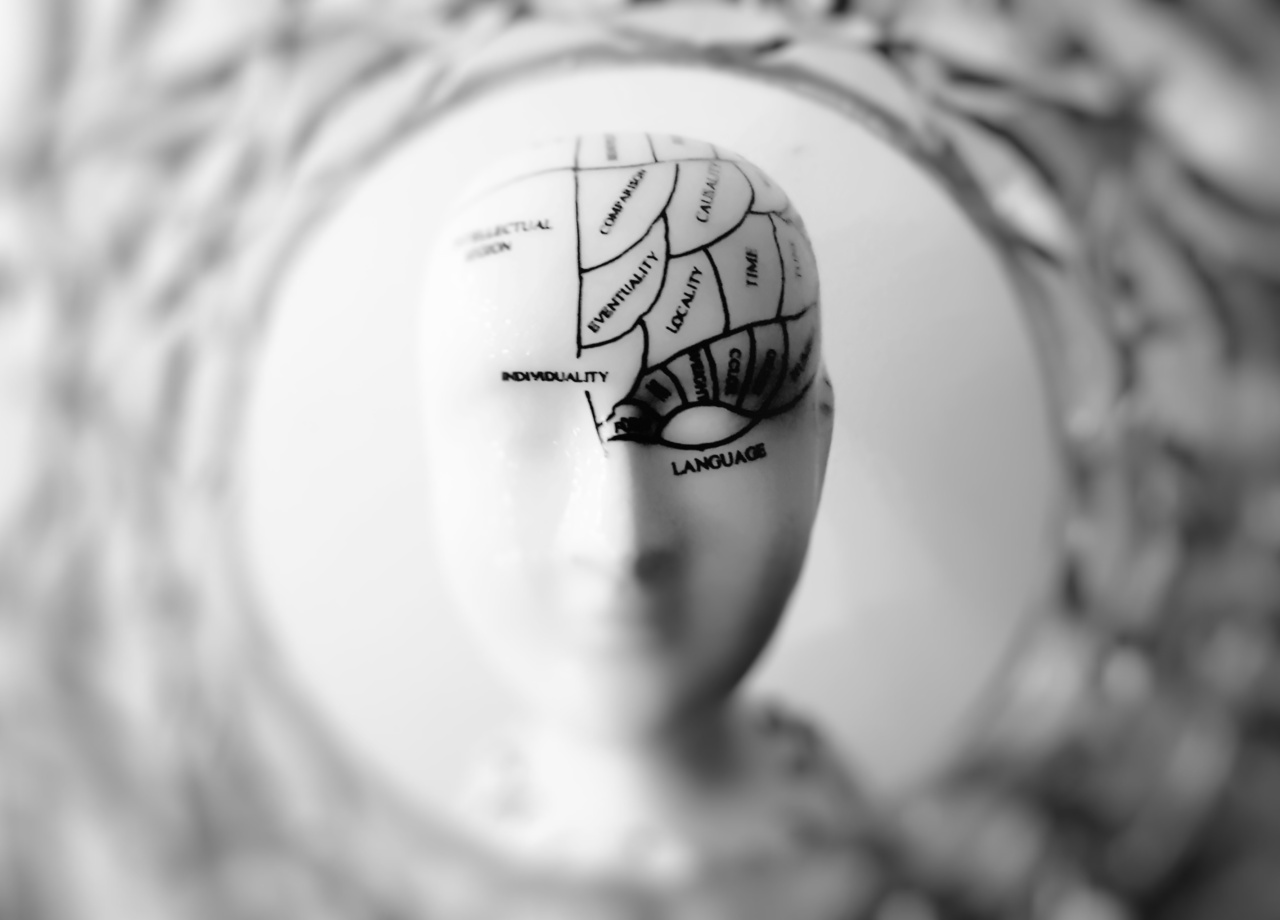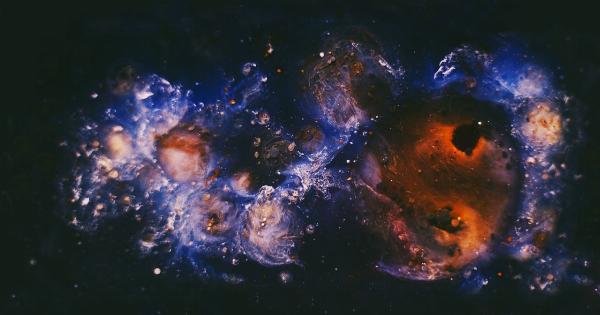Brain disorders are among the most challenging conditions to diagnose, treat, and live with. This is because our understanding of the brain and how it works is still limited. Many neurological disorders are still a mystery to scientists and doctors alike.
While some conditions like Alzheimer’s and Parkinson’s are common, there are some strange and rare brain disorders that few people have heard about. Here are some of the strangest brain disorders that exist.
1. Alien Hand Syndrome
Alien Hand Syndrome is a condition in which a person’s hand seems to have a mind of its own. The hand may perform actions that the person does not intend, and it may even act against the person’s will.
For example, a person with Alien Hand Syndrome may try to pick up a fork with their right hand, and their left hand may suddenly grab the fork and throw it across the table.
2. Capgras Delusion
Capgras Delusion is a rare condition in which a person believes that someone they know has been replaced by an imposter or a lookalike.
For example, a person with this condition may believe that their spouse or child has been replaced by an identical imposter. They may even believe that their pets or inanimate objects have been replaced by replicas.
3. Cotard Delusion
Also known as Walking Corpse Syndrome, Cotard Delusion is a rare condition in which a person believes that they are dead, do not exist, or have lost their organs or body parts.
Some people with this condition may refuse to eat or drink because they believe they do not need it to survive.
4. Foreign Accent Syndrome
Foreign Accent Syndrome is a condition in which a person’s speech changes to resemble that of a foreign accent. This condition can occur after a stroke or other brain injury.
People with Foreign Accent Syndrome often report feeling like a stranger in their own body because their voice sounds unfamiliar to them.
5. Kleine-Levin Syndrome
Kleine-Levin Syndrome is a rare disorder that mainly affects adolescent males.
It is characterized by excessive sleepiness, hyperphagia (increased appetite and compulsive overeating), and abnormal behaviors that can include binge drinking, delusions, and hallucinations. Episodes can last for days, weeks, or even months.
6. Prosopagnosia
Prosopagnosia is a neurological disorder that affects a person’s ability to recognize faces. People with this condition may have difficulty recognizing familiar faces, including family members and friends.
They may also have difficulty remembering people they have just met.
7. Synesthesia
Synesthesia is a neurological condition in which the brain combines two or more senses to create a new sensory experience.
For example, a person with synesthesia may see colors when they hear music, or taste flavors when they see certain shapes or letters.
8. Alice in Wonderland Syndrome
Alice in Wonderland Syndrome is a condition in which a person perceives objects or their body as being smaller or larger than they actually are. People with this condition may also experience distorted perception of time, sound, and body image.
9. Trigeminal Neuralgia
Trigeminal Neuralgia is a very painful condition that affects the trigeminal nerve, which is responsible for sensation in the face.
People with this condition may experience intense facial pain, often described as a stabbing or shooting pain in the cheek or jaw.
10. Cotard’s Syndrome
Cotard’s Syndrome is a rare neuropsychiatric disorder in which a person believes that they are already dead. Symptoms include nihilistic delusions, depressive mood, and suicidal ideation.
There are no effective treatments available for Cotard’s Syndrome, and it is often considered a symptom of a more serious underlying illness.
Conclusion
Brain disorders are complex and often mysterious conditions that can have a significant impact on the lives of those affected.
While some conditions like Alzheimer’s and Parkinson’s are well-known and well-researched, there are some strange and rare brain disorders that are still not fully understood. It’s important to raise awareness about these lesser-known conditions and support the people living with them.





























